The Russian kettlebell swing is a cornerstone exercise in many strength and conditioning programs. Its benefits are hard to ignore: improved cardiovascular fitness, enhanced posterior chain strength, and better overall power. However, not everyone has access to a kettlebell, or perhaps you're looking to mix up your training routine. In this article, we will explore several excellent substitutes for kettlebell swings that can offer similar benefits and help keep your workouts fresh.
Why You Might Need a Substitute for Kettlebell Swings
While kettlebell swings are highly effective, there are reasons you may want to explore alternative exercises:
- Lack of Kettlebells: Not everyone has a kettlebell available for training.
- Space Constraints: Kettlebells require a bit of room to swing safely.
- Injury Concerns: Some people may be recovering from an injury and need an alternative movement that puts less stress on certain joints.
- Variety: Switching up your routine can prevent plateaus and improve long-term performance.
Regardless of your reason, there are several substitutes for kettlebell swings that target similar muscle groups and provide comparable results.
1. Dumbbell Swings
If you don't have access to a kettlebell, a dumbbell can be a great alternative. The movement pattern is similar: you hinge at the hips and swing the dumbbell from between your knees to chest level, or higher for more explosive power. Dumbbell swings help to target the posterior chain (hamstrings, glutes, and lower back) while also engaging the core for stability.
Benefits:
- Easy to adjust the weight based on your fitness level.
- Can be performed at home or in a gym with minimal equipment.
2. Hip Thrusts
Hip thrusts are a powerful movement that targets the glutes, hamstrings, and lower back—key muscle groups activated in the Russian kettlebell swing. To perform this exercise, sit on the ground with your upper back resting against a bench, and place a barbell (or another weight) over your hips. Drive through your heels to lift your hips toward the ceiling, squeezing your glutes at the top of the movement.
Benefits:
- Focuses on glute activation, which is a primary benefit of kettlebell swings.
- Can be done with a variety of equipment or even body weight.
3. Bodyweight Good Mornings
This bodyweight exercise can serve as an excellent substitute for kettlebell swings, especially if you're looking to target your posterior chain without heavy weights. To perform a bodyweight good morning, stand with your feet shoulder-width apart, hinge at the hips, and lower your upper body toward the ground while maintaining a straight back. Focus on activating your glutes and hamstrings to return to a standing position.
Benefits:
- Great for mobility and flexibility in the hips and hamstrings.
- Minimal equipment needed—just your body weight.
4. Romanian Deadlifts (RDLs)
The Romanian Deadlift is another great alternative to kettlebell swings, as it targets the hamstrings, glutes, and lower back. In this movement, you hold a barbell (or dumbbells) in front of you, hinge at the hips, and lower the weight toward your shins before driving your hips forward to return to the starting position.
Benefits:
- Focuses on the posterior chain, which is critical for strength and power.
- Effective for building hip extension strength.
5. Jump Squats
For a more explosive, plyometric variation, try jump squats. Jump squats work the same muscle groups as kettlebell swings, particularly the glutes, hamstrings, and quads. To perform jump squats, squat down until your thighs are parallel to the ground, then explode upward into a jump, landing softly and immediately descending back into a squat.
Benefits:
- High-intensity, full-body exercise that improves power and conditioning.
- Doesn’t require any equipment.
6. Battle Ropes
Battle ropes are an intense cardiovascular exercise that also targets the shoulders, core, and posterior chain. While they don't mimic the swing motion of the kettlebell, the undulating motion of the ropes can provide a similar full-body workout. You can alternate waves or perform slams to increase intensity.
Benefits:
- Great for improving cardiovascular endurance and total body coordination.
- Provides an upper body and core challenge.
7. Sled Pushes
Another dynamic full-body alternative is sled pushing. This exercise works the glutes, hamstrings, quads, and core, similar to kettlebell swings, but with less emphasis on the swinging motion. By pushing a weighted sled for a set distance or time, you'll engage your lower body and core while improving power and explosiveness.
Benefits:
- Great for building leg and core strength.
- Low-impact, making it ideal for those recovering from injury.
8. Box Jumps
Box jumps are an excellent plyometric exercise that builds explosive power in the legs and hips. You’ll engage the same muscle groups as kettlebell swings while improving your agility and jumping ability. Simply jump onto a box or platform, landing with both feet, and then step or jump down.
Benefits:
- Improves power, agility, and explosiveness.
- Requires minimal equipment—a sturdy box or platform.
Conclusion: Find Your Perfect Substitute for Kettlebell Swings
Whether you're looking for a kettlebell swing substitute for convenience, variety, or specific training goals, there are plenty of options available. Dumbbell swings, Romanian deadlifts, hip thrusts, and bodyweight exercises like good mornings can replicate the posterior chain benefits of kettlebell swings. If you're after more explosiveness and power, jump squats and battle ropes can be great additions to your routine.
No matter what alternative you choose, the key is to maintain proper form and intensity to ensure you're maximizing the benefits of each exercise. By mixing up your training with different substitutes for kettlebell swings, you can continue progressing in strength, power, and overall fitness.






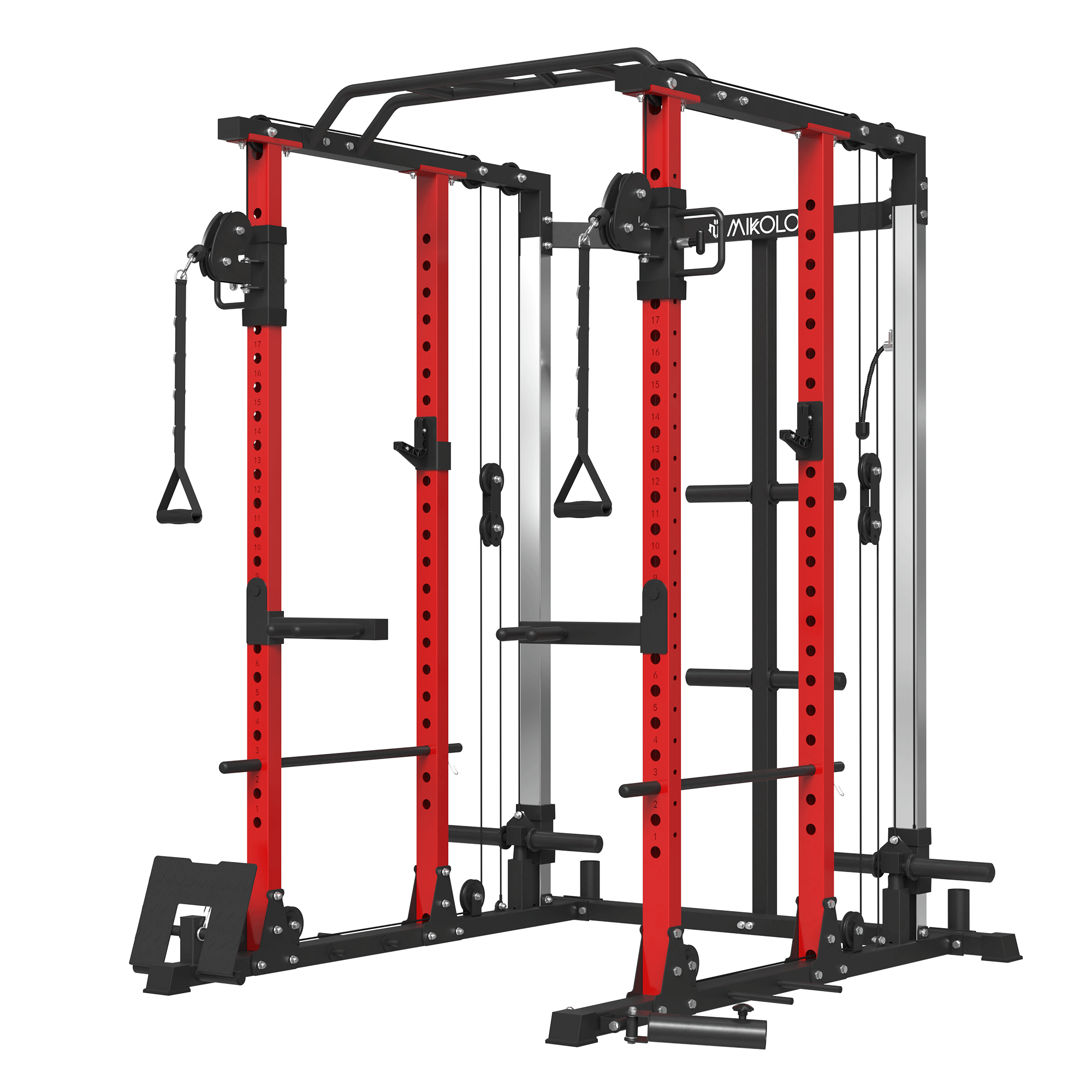



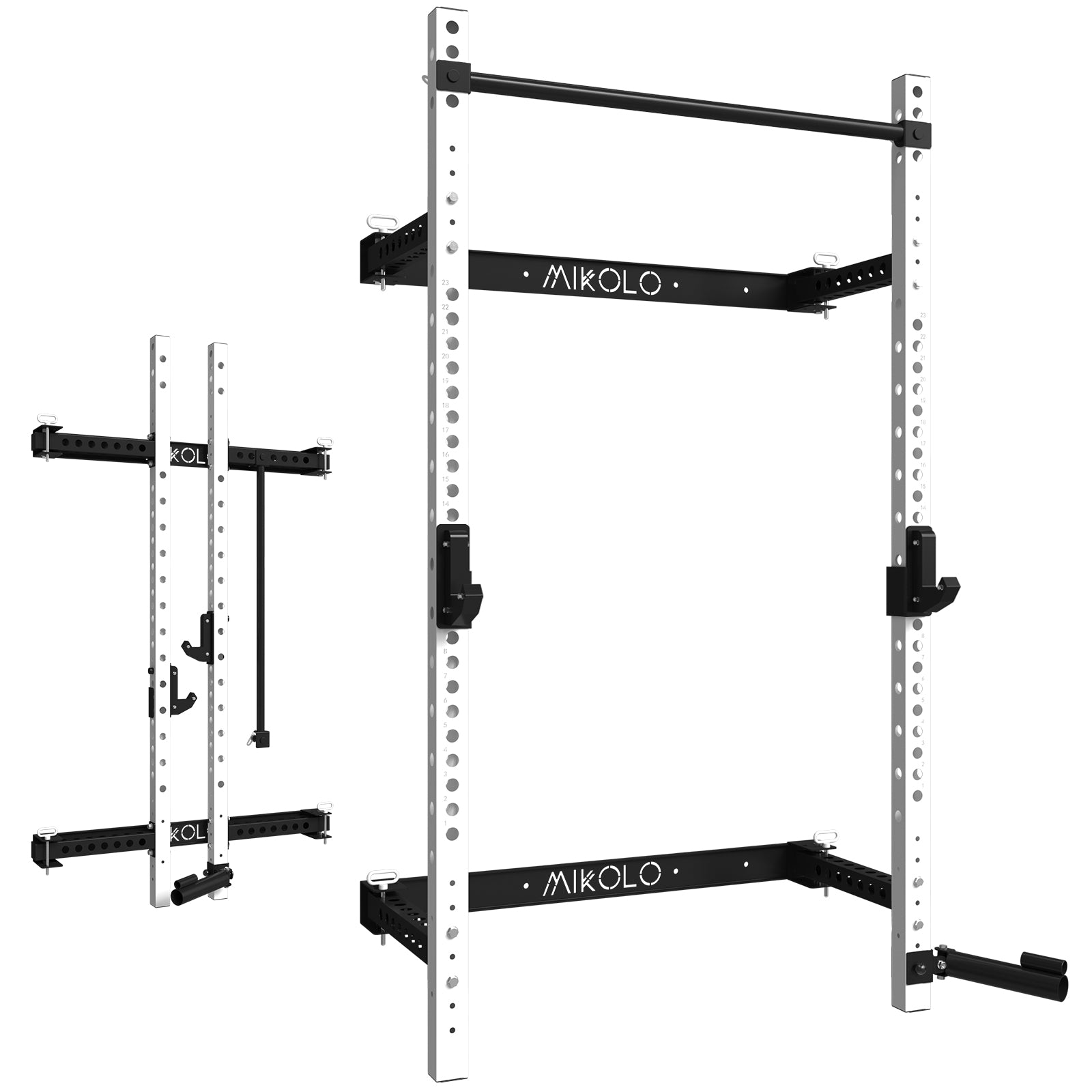









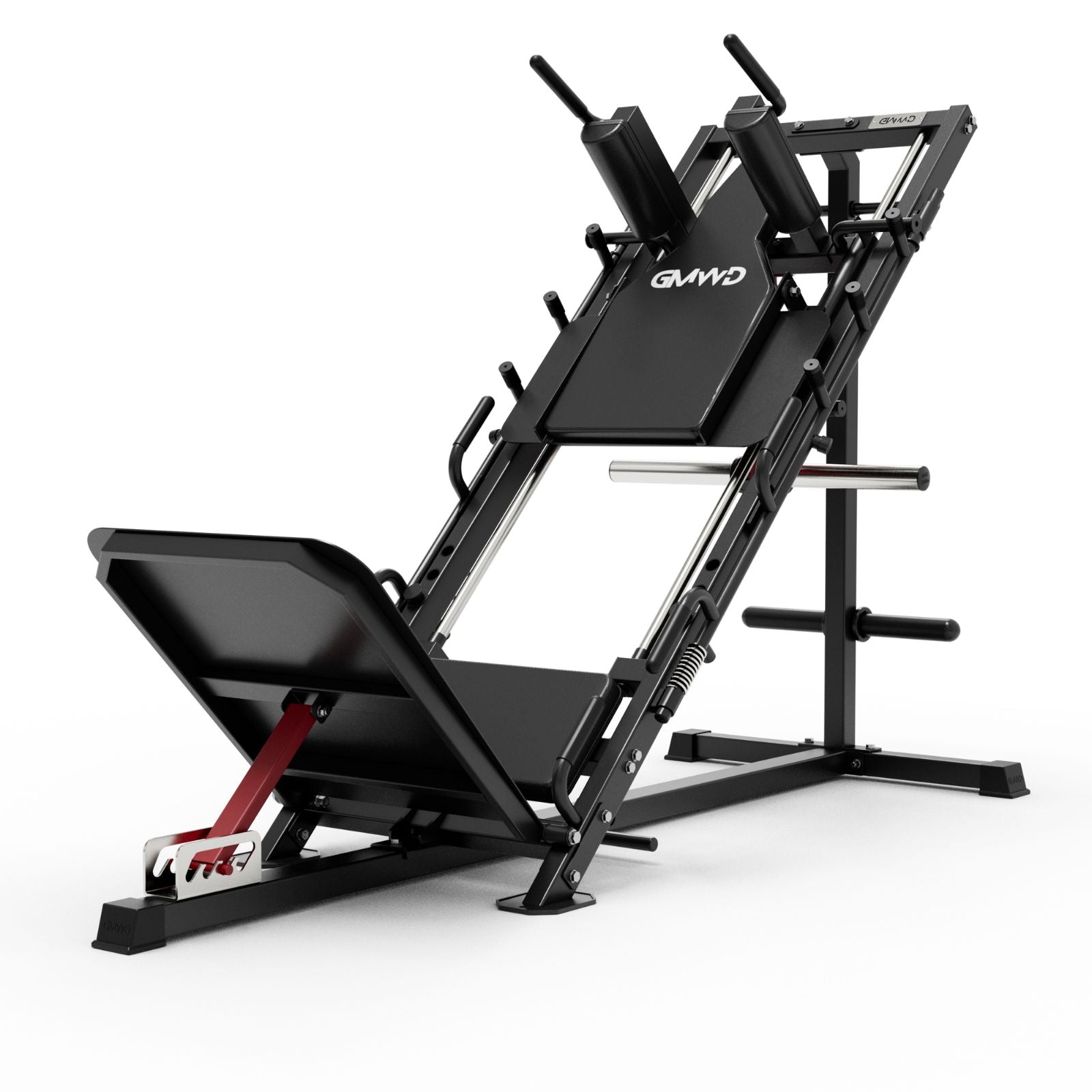







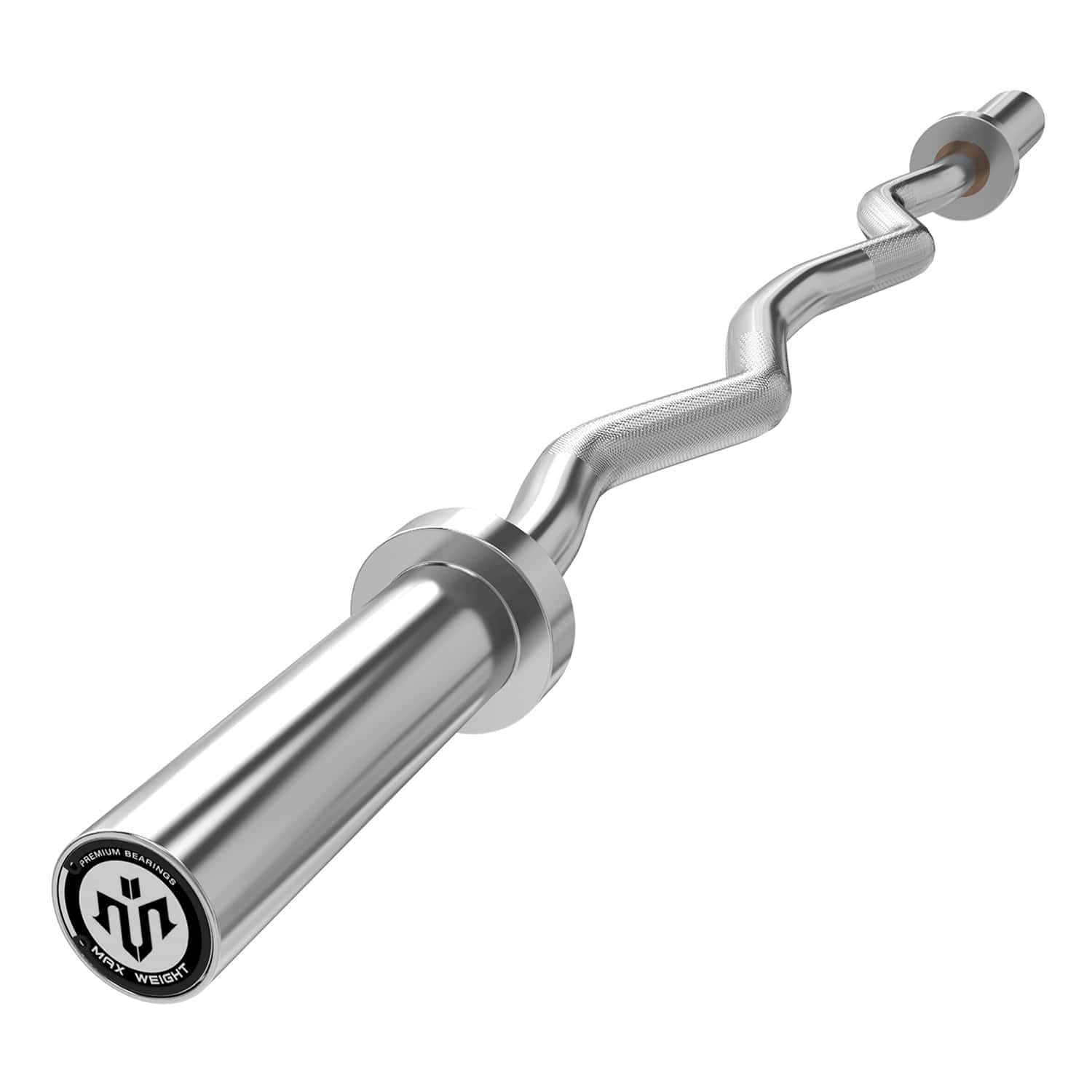
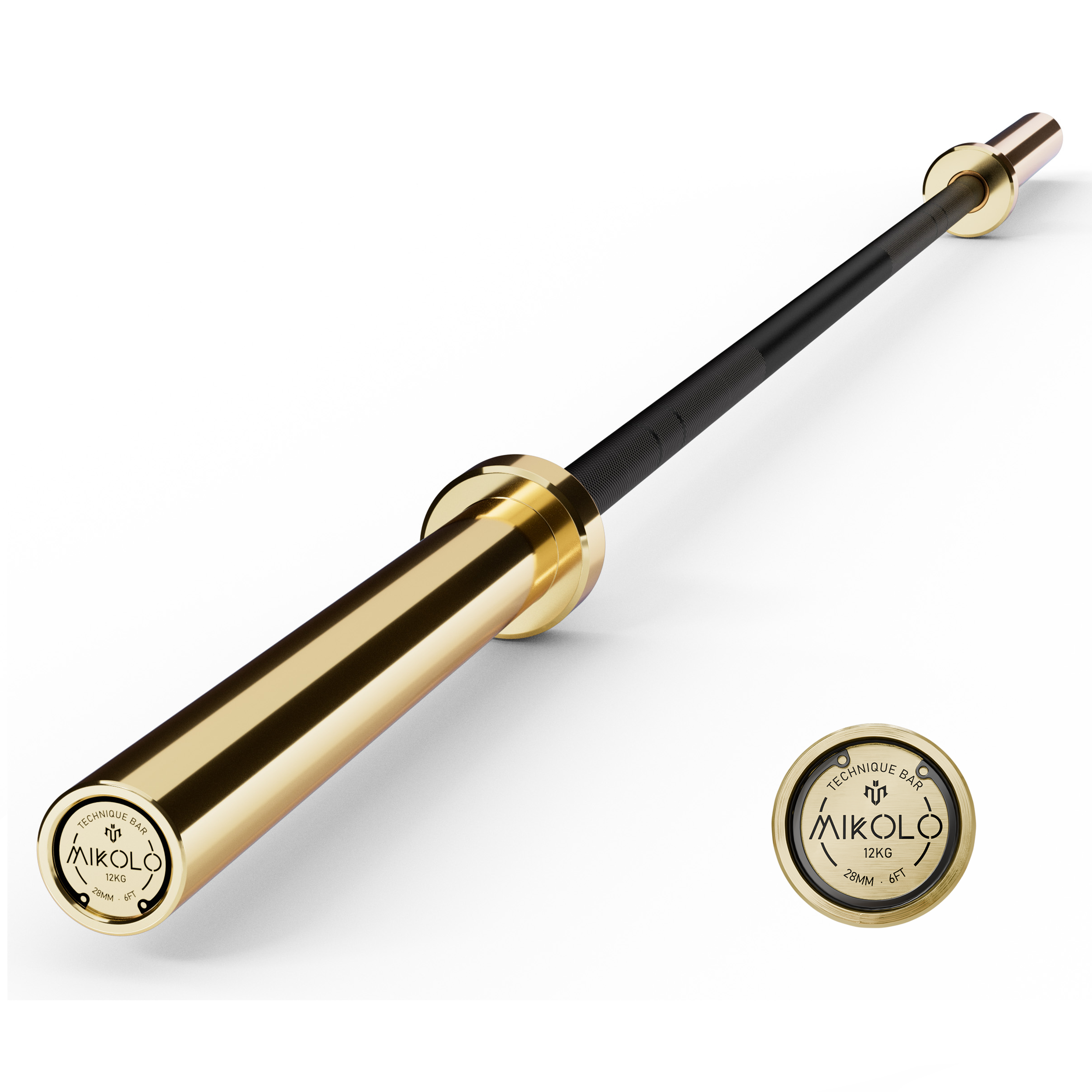

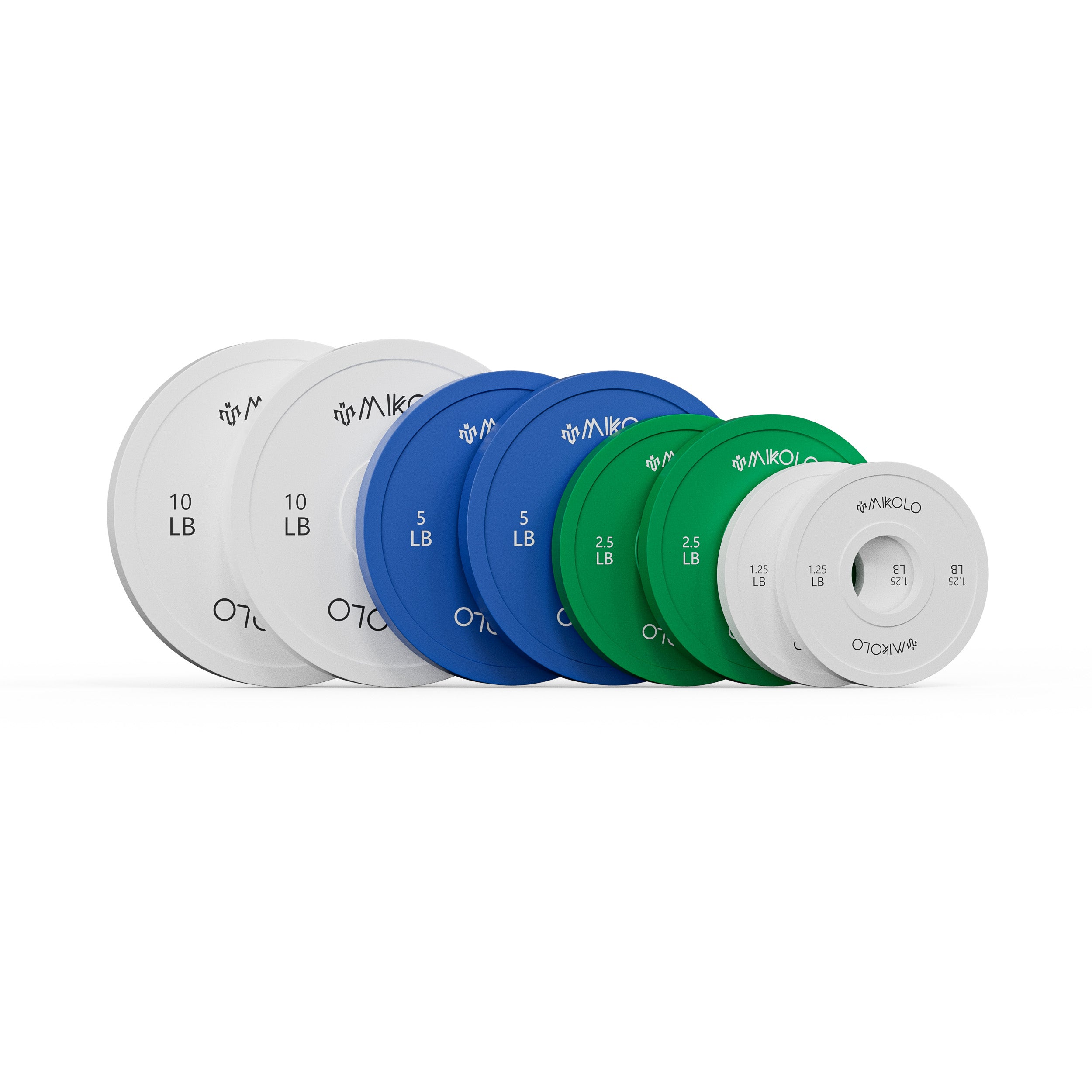
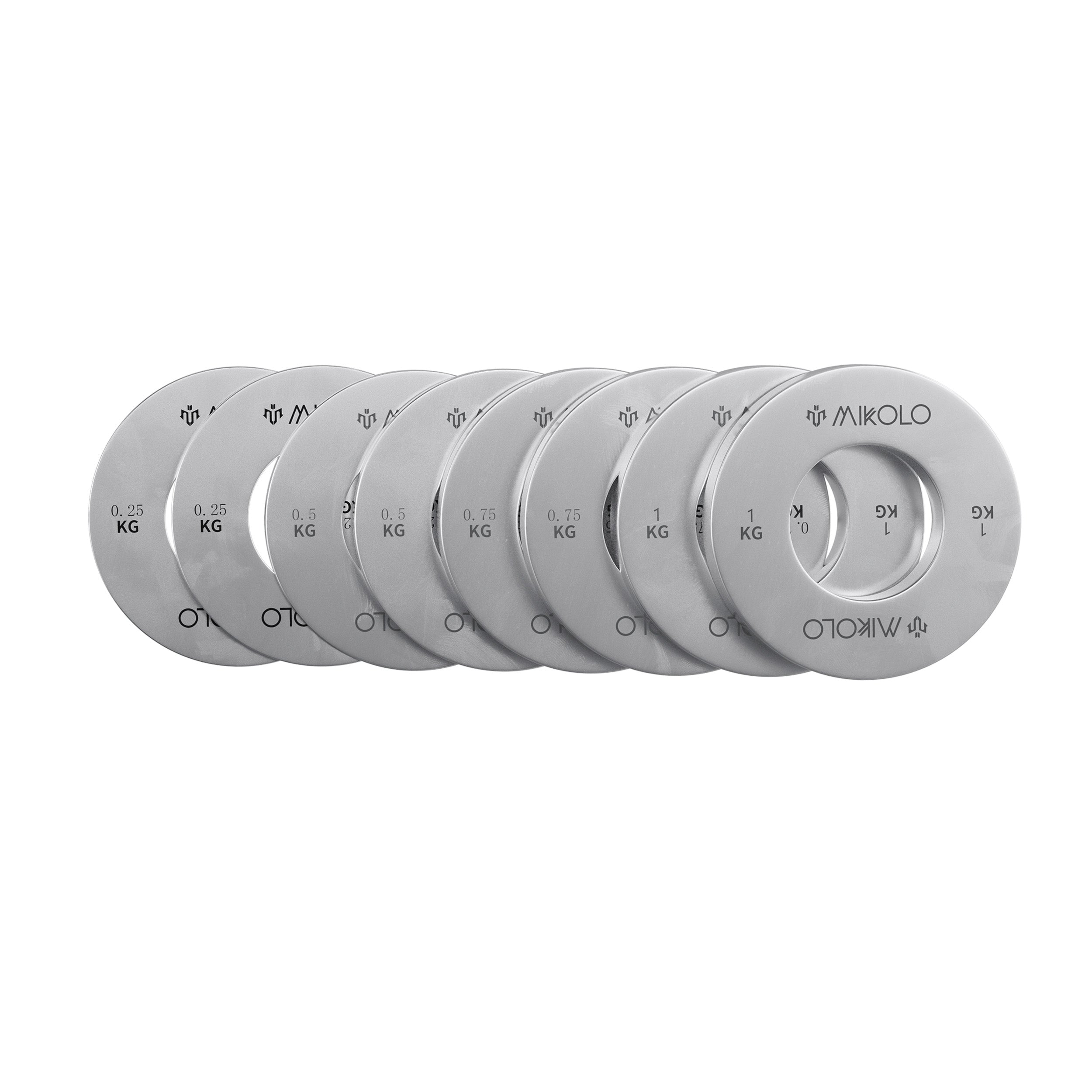



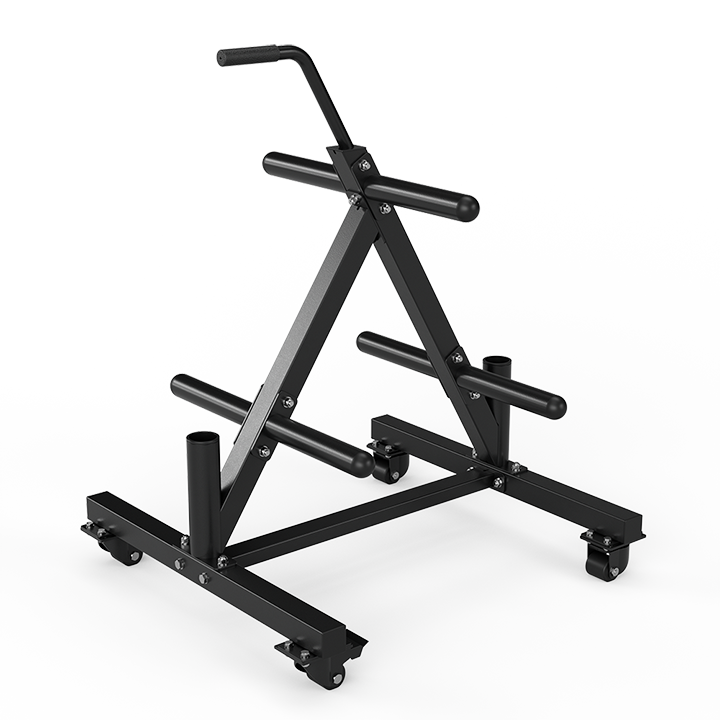
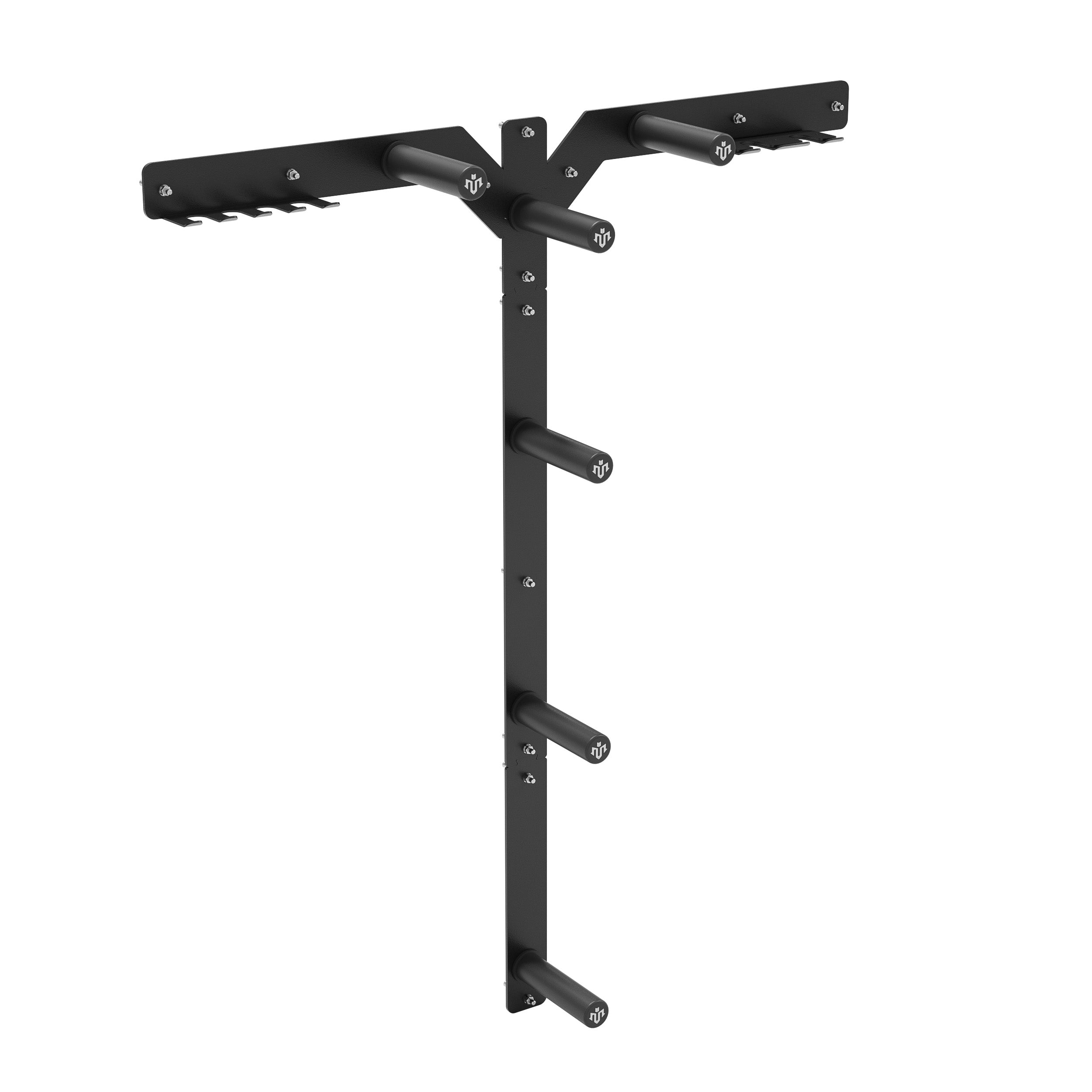




Leave a comment
This site is protected by hCaptcha and the hCaptcha Privacy Policy and Terms of Service apply.